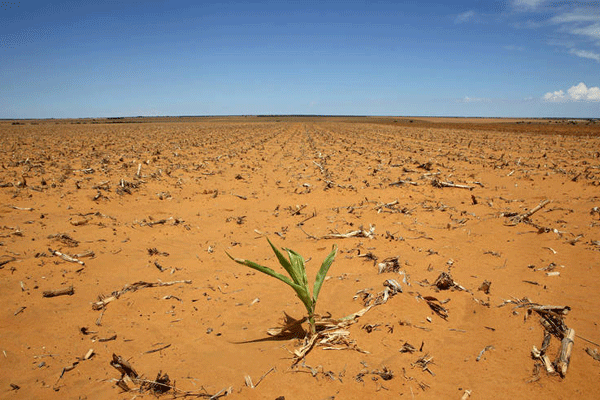
The Department of Water and Sanitation warned on 16 May 2017 that water levels are continuing to drop gradually despite the good rains that fell in some parts of the country. It urged all South Africans to use water sparingly.
The present water crisis in South Africa, and the possibility that it may be a long-term situation, has meant that new and innovative ways have to be found to build roads.
Water scarcity leads to delays in road construction and maintenance programmes.
Water-wise construction
To address this problem, the South African National Roads Agency (SOC) Limited (SANRAL) is turning to water-wise construction, which means that the roads agency has to conserve water as well as use it efficiently.
Pierre Roux, engineering geologist at SANRAL, shares three ways in which this can be done:
The first is through water augmentation. South Africa is an arid country which has sufficient groundwater recharge from reasonable rainfall at certain times. Water sources, other than surface and ground water, need to be developed which includes, acid mine water, seawater desalination, groundwater augmentation, deep-seated shale gas fracking water, and deep-seated geothermal water.
Groundwater augmentation entails adding excess water into the ground using recharge boreholes. This water reaches the water table and is added to the groundwater reservoir. Groundwater is a renewable yet limited resource with a storage capacity that provides a large and extensive distribution of water supply.
Another method is to modify the components used in construction so that it uses minimal amounts of water. Some of these “problem materials” form holes when combined and used with other materials to construct roads. These holes allow water to fall through which results in wastage of the resource.
Through nanotechnology, it is possible to modify these problem materials by covering them with “mini rain coats” i.e. a layer of coating that allows these elements to be combined successfully. This ensures that these minerals will not form holes when used to construct roads.
Finally, there is desalination of seawater. “Osmosis” is defined as the natural process by which a high concentrated solution migrates towards a low concentrated solution. “Reverse osmosis” means taking the lower concentrated solution and concentrate it into a more concentrated solution.
The reverse osmosis cooling (ROC) process entails removing elements such as salts from seawater and AMD. The salt is removed using a semi-permeable membrane (a screen door that allows certain minerals to pass through while blocking others) using a high-pressure pump and electricity which removes 90% to 95% of the dissolved salts and leaves water safe for human consumption.
It can be successfully implemented in old mining and coastal areas with limited or no water for construction. It will ensure sustainable economic development, in risk metros and local municipalities, as well as feasible villages.

